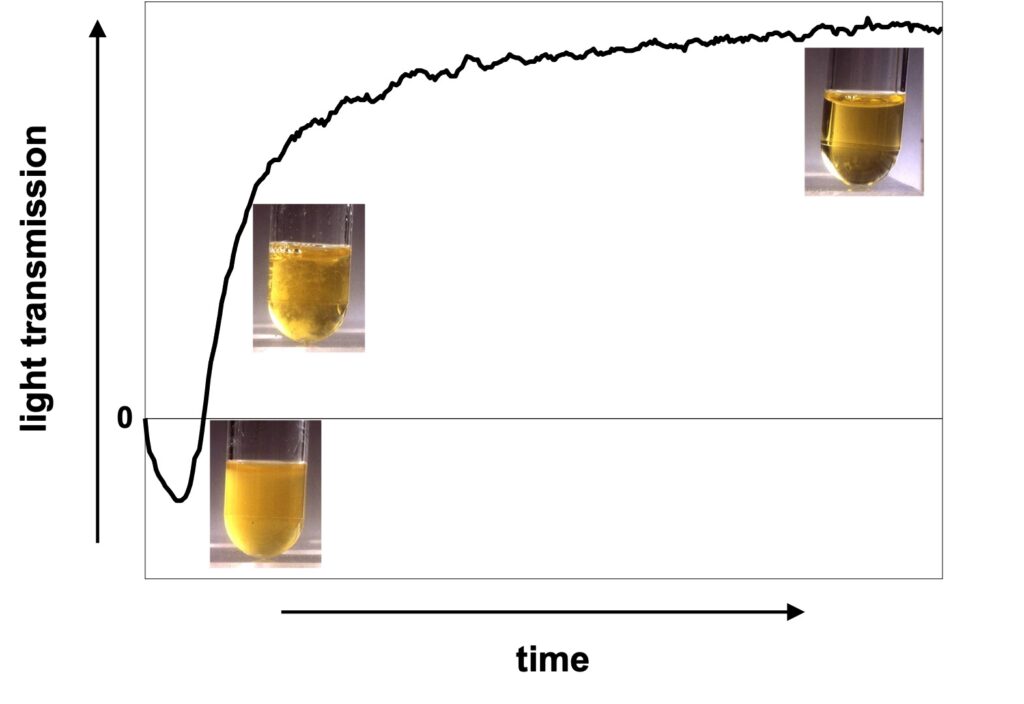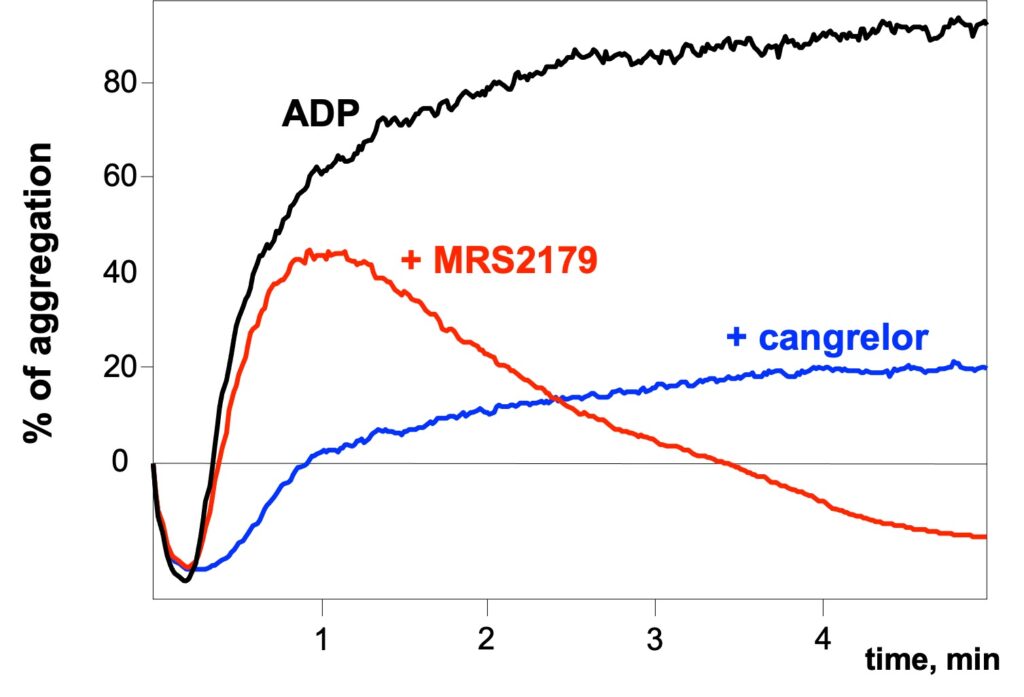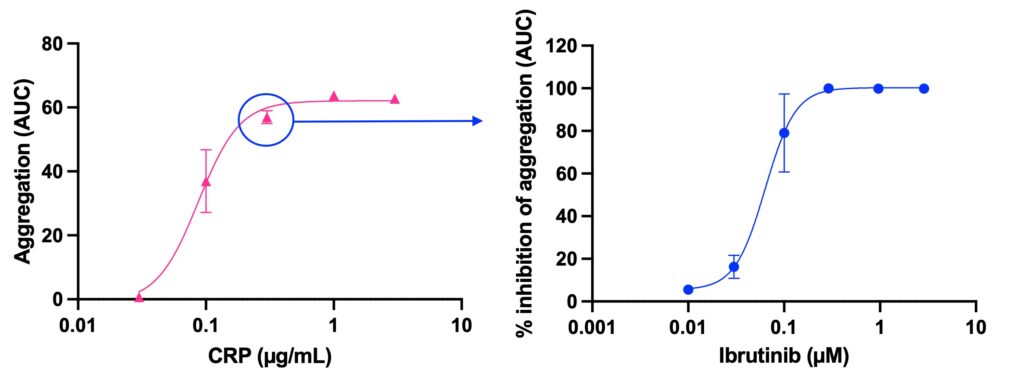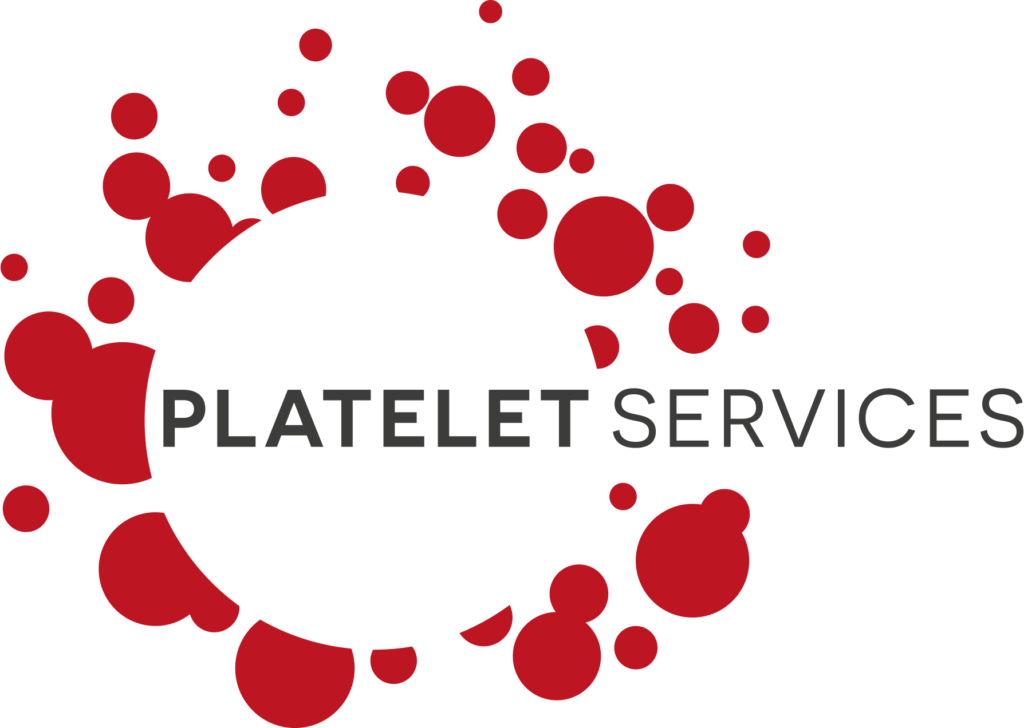Platelet aggregation in plasma and washed platelets
Platelet Services offers light transmission aggregometry to test the effects of your candidate compound on platelet function. Light transmission aggregometry (LTA) is considered the “gold standard” for platelet aggregation testing and is a well-established method for assessing any possible effects of compounds on platelet function.
LTA requires the removal of red blood cells by differential centrifugation to provide a suspension of platelets in plasma – platelet rich plasma (PRP). Aggregation is measured using specialised aggregometers as the change in light transmission through the platelet suspension over time.
Aggregation response to a range of concentrations of collagen related peptide (CRP) measured in platelet rich plasma (PRP) and presented as area under the aggregation curve (AUC) (left graph) and inhibition of CRP-induced aggregation (at 0.3 µg/mL by ibrutinib, a tyrosine kinase inhibitor (dose response curve to ibrutinib, right graph).
If the effects of the compounds on platelets need to be assessed in a protein-free system, e.g. due to the high protein binding of compounds, platelets can be isolated from plasma (“washed”) and resuspended in the buffer and aggregation responses can be measured by light transmission in a similar way as in PRP. The profile of platelet aggregation response to agonists in isolated platelets will differ slightly from the response in PRP. An example aggregation response to a range of concentrations of adenosine diphosphate (ADP) and collagen related peptide (CRP) assessed in washed platelets.





